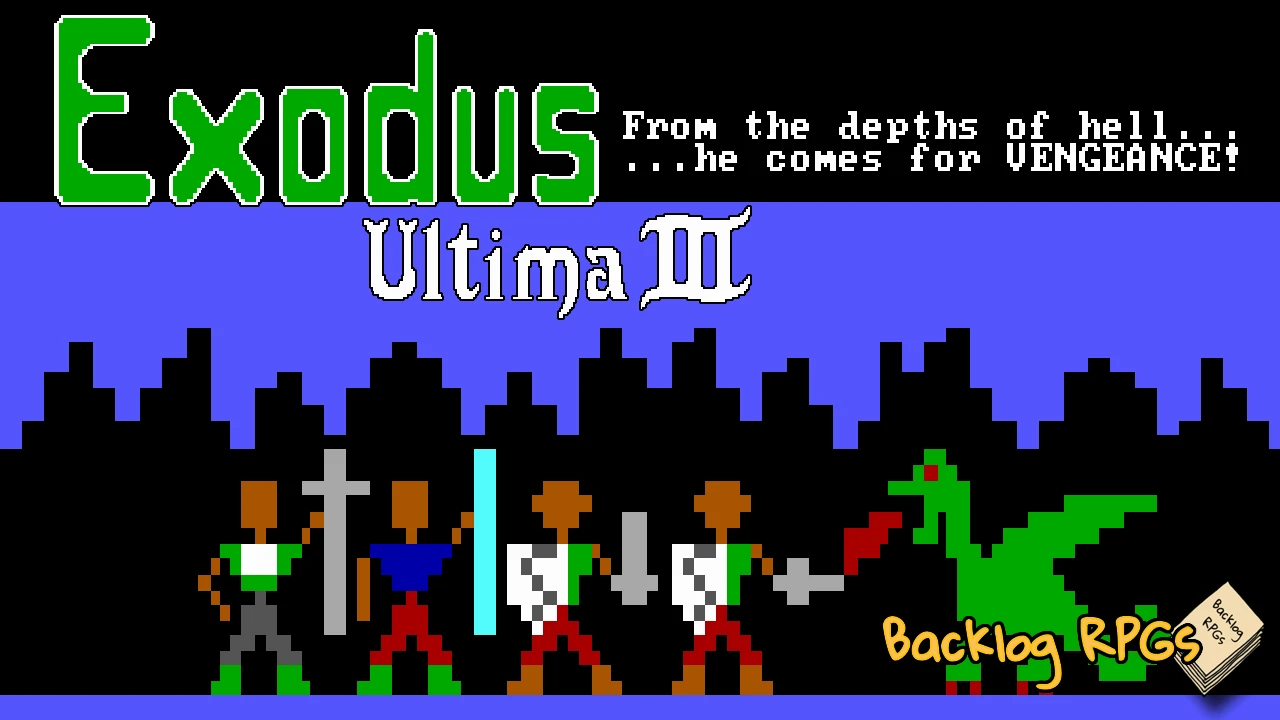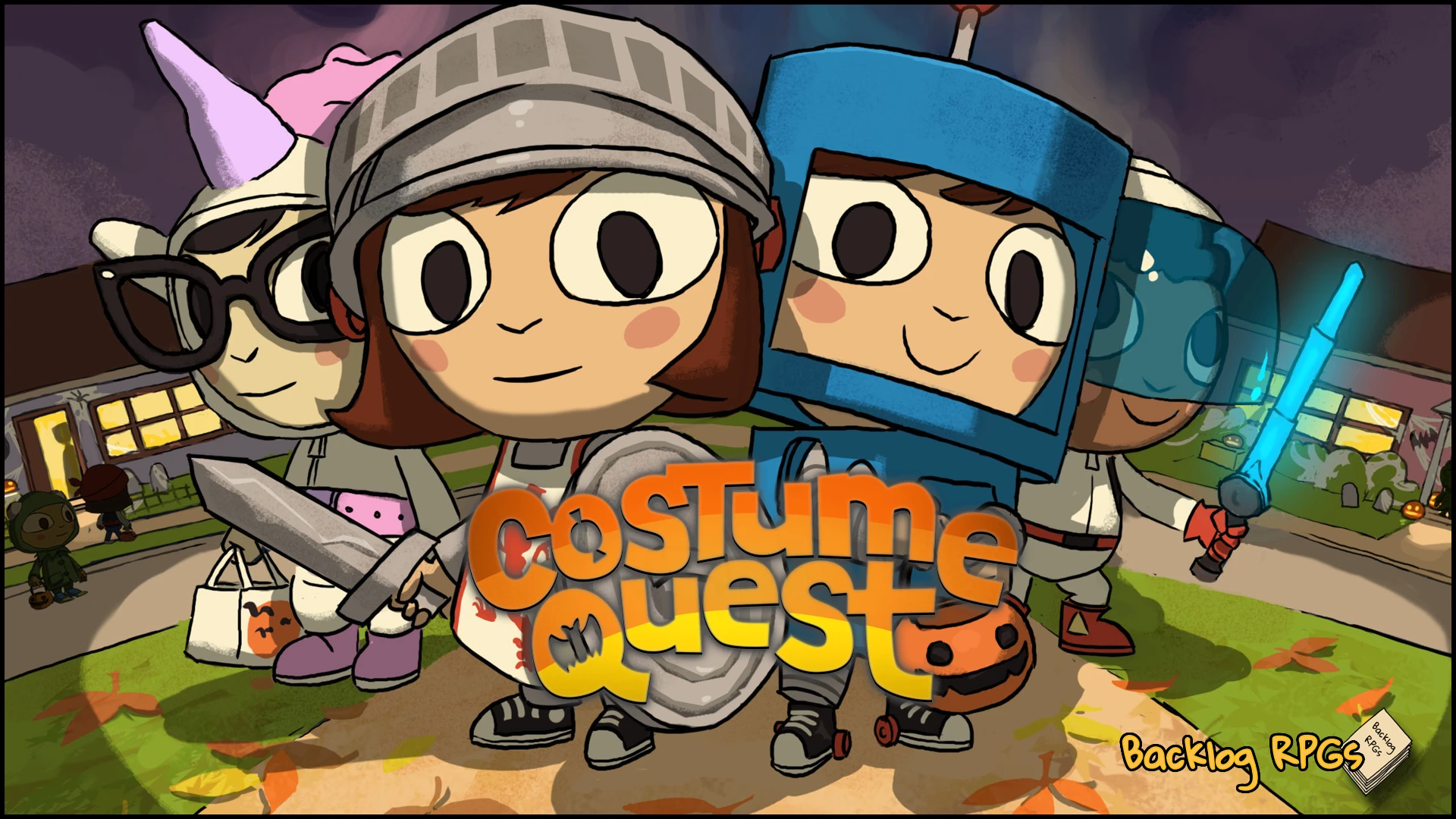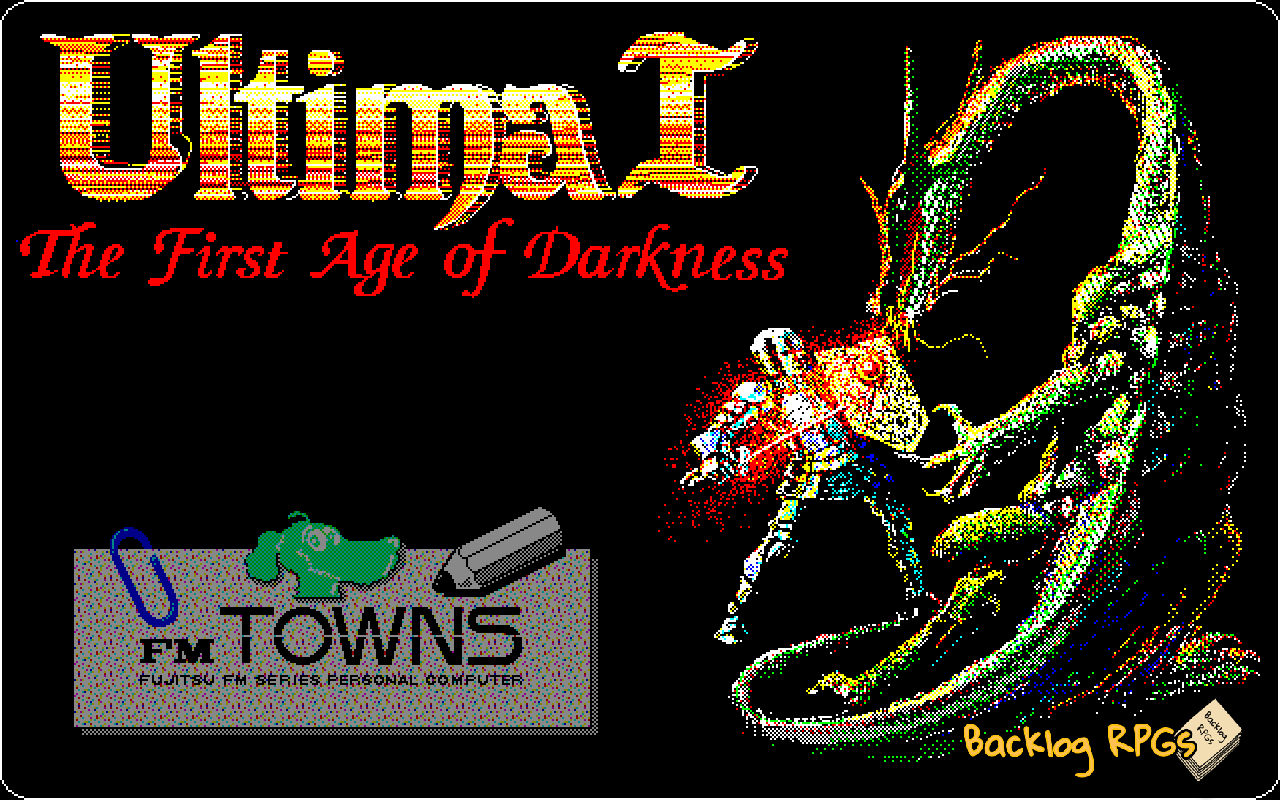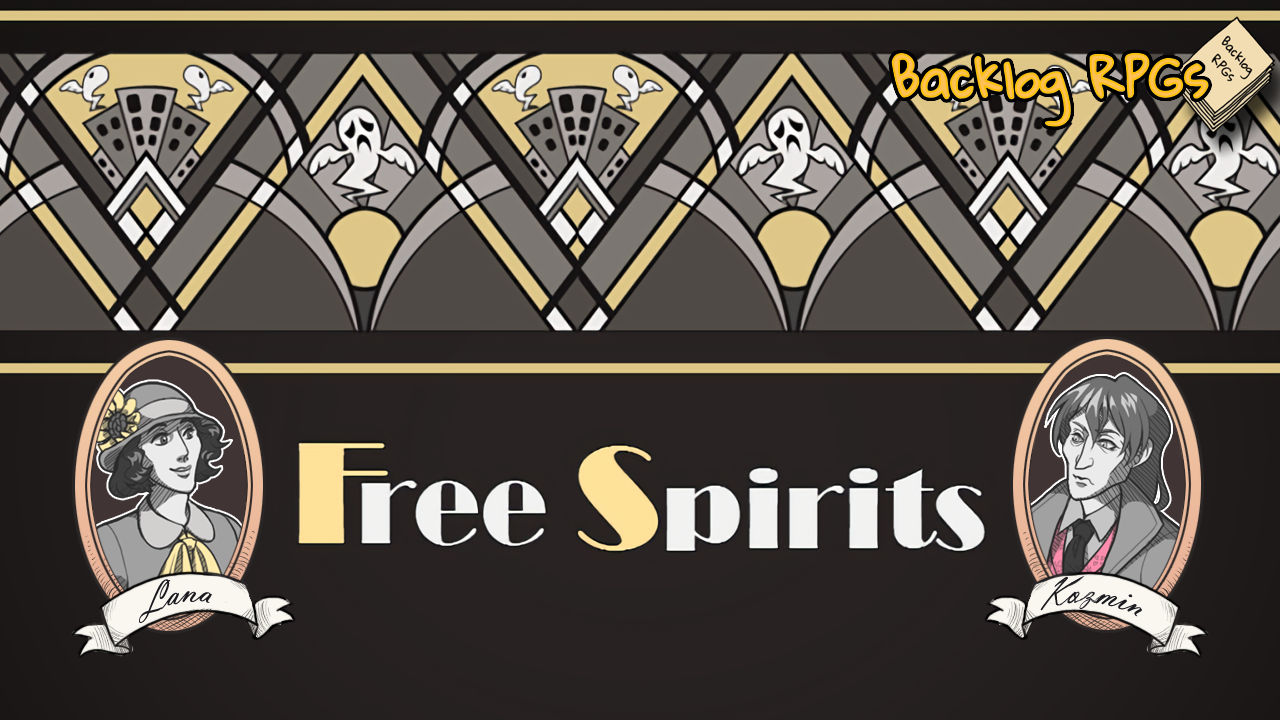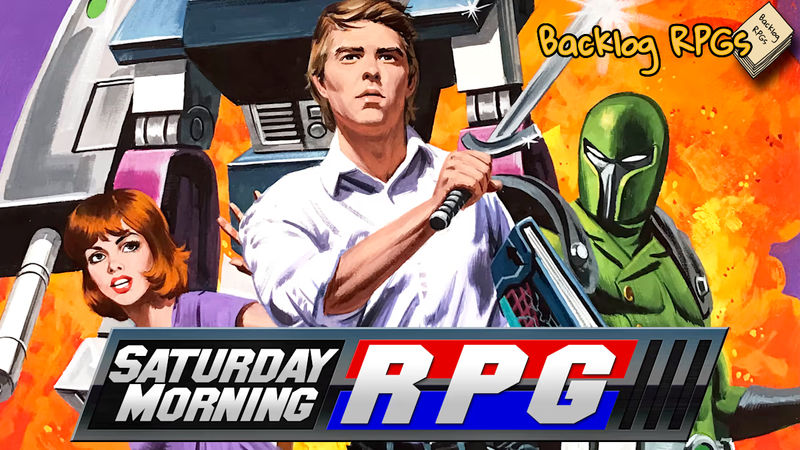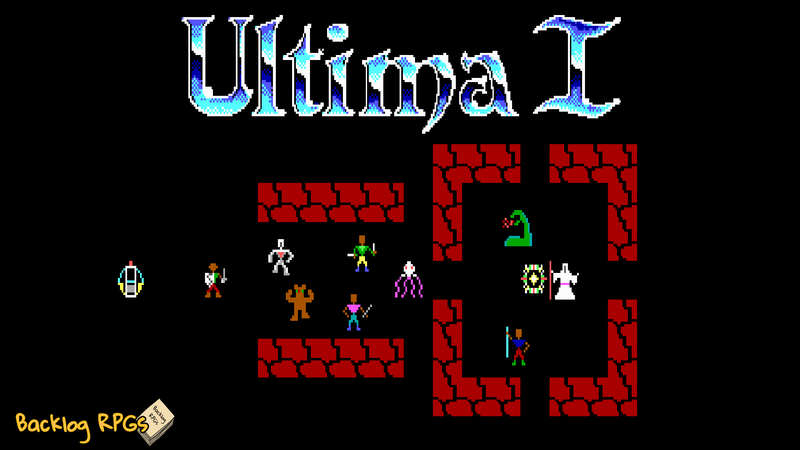Ys 1&2 - An Appreciation Post
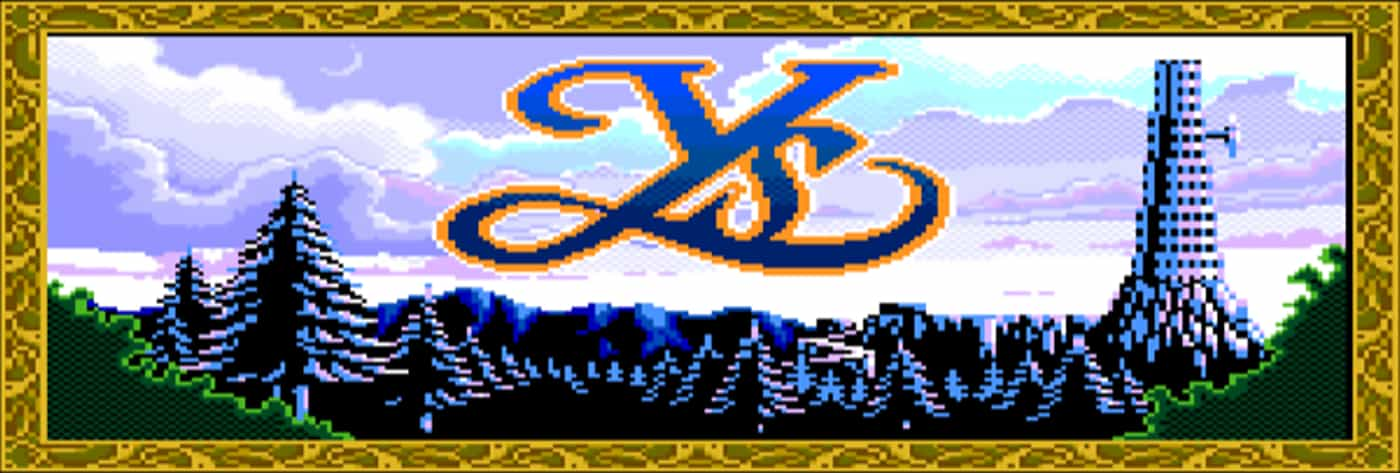
Introduction
Happy New Year! To kickstart 2023 (hopefully I will have a better schedule now), let’s review a game that surprised me in a positive manner. I’m talking about Ys I & II, released for the PC Engine (also known as TurboGrafx-16) on December 21, 1989, in Japan, and on May 23, 1990, in North America.
The Ys series started with the release of Ys: Ancient Ys Vanished Omen, on July 21, 1987, developed and published by Nihon Falcon for the PC-8801, a Japanese computer from NEC. The title was created by Masaya Hashimoto (director, programmer, designer) and Tomoyoshi Miyazaki (scenario writer), who later found Quintet, famous for titles like ActRaiser, Soulblazer and Terranigma. Also worked on the game Yuzo Koshiro, composing its soundtrack. The first Ys was soon followed by Ys II: Ancient Ys Vanished — The Final Chapter, released on June 24, 1988, also for the PC-8801.
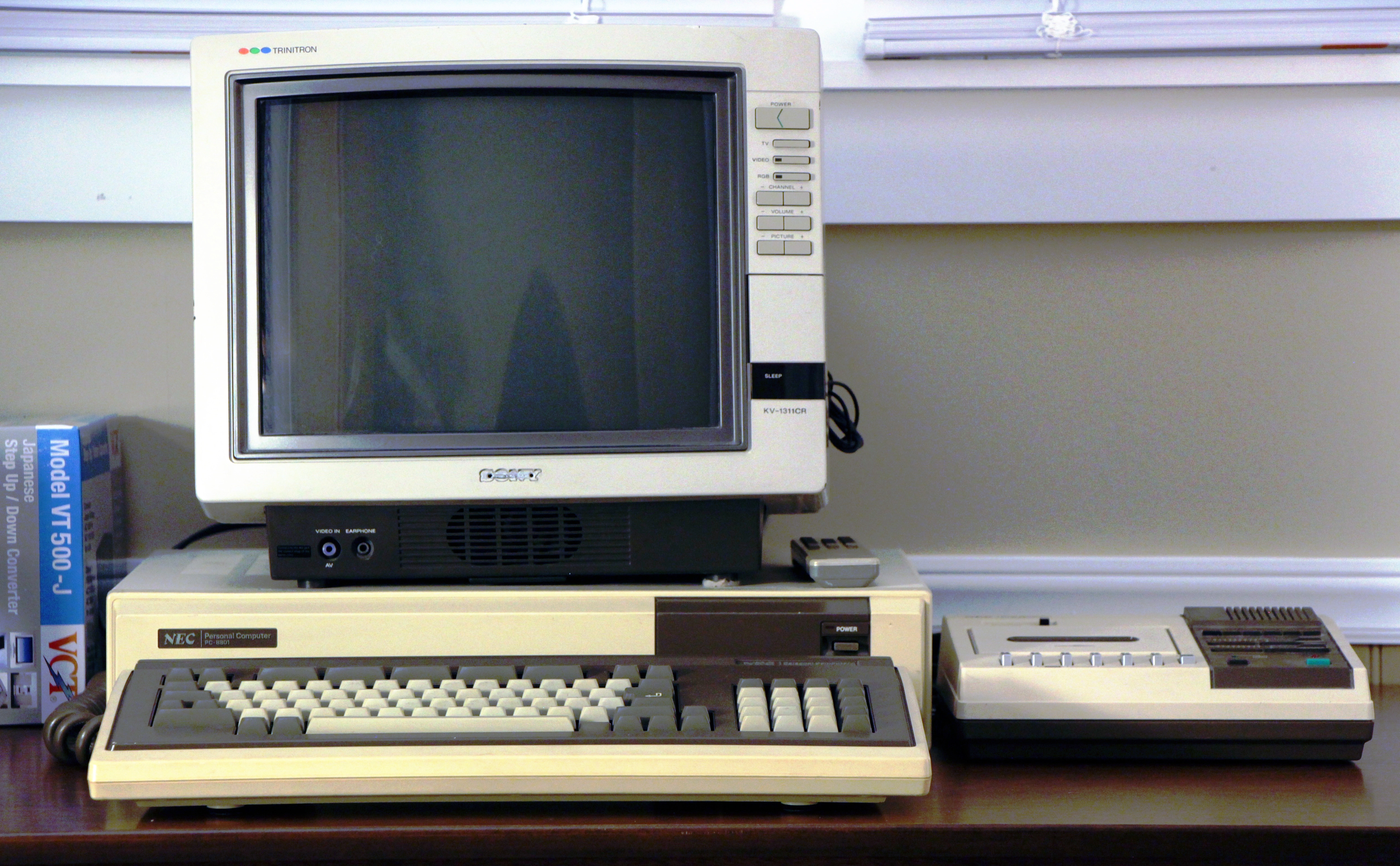
Vanished Omen was released in the same year of the first Final Fantasy and Megami Tensei titles, and a year after the first Dragon Quest, but instead of getting inspiration from these games, it had more in common with Falcom’s other titles, like Dragon Slayer, as it’s an action RPG, not a turn-based one.
Today’s game is a remake of the first two Ys games for the TurboGrafx-CD, the CD-ROM add-on for the TurboGrafx-16. The game was developed by Alfa System, a company better known for working on the Tales of the World series, a spinoff of the Tales series from Namco. It was released on December 21, 1989, on Japan and on May 23, 1990, on North America. The game was one of the first RPGs on a CD-ROM (losing to Tengai Makyou: Ziria, or Far East of Eden: Ziria, also for the TurboGrafx-CD), and the first on the medium in North America.
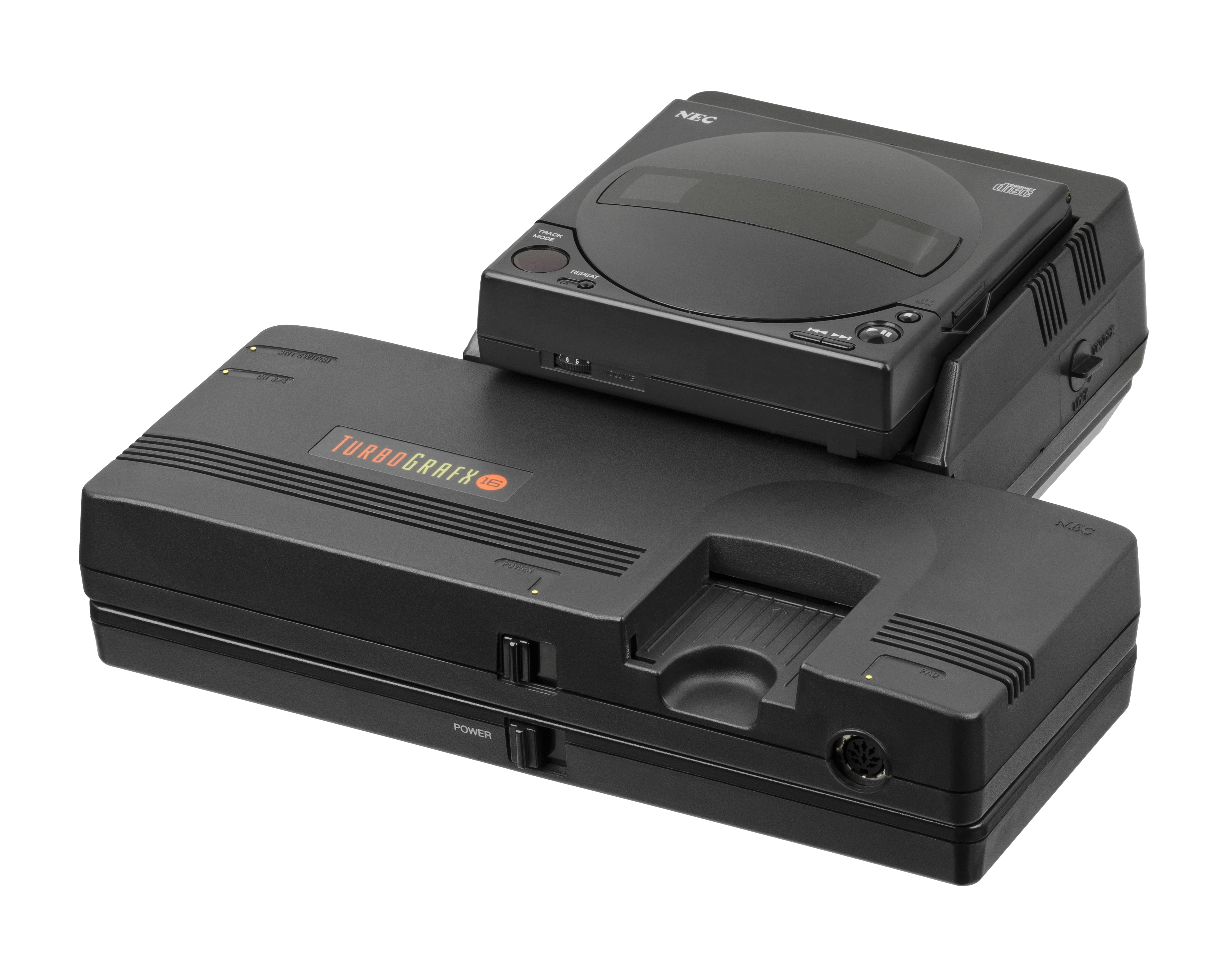
The remakes included animated sequences, better graphics and sound effects, a great Red Book CD soundtrack, voice acting and a few tweaks to the gameplay. The North American release had good voice acting for a change, something rare for English dubs of Japanese games during the ’90s and 2000s. Probably because professional actors were hired, like Michel Bell, Debi Derryberry, and Alan Oppenheimer.
In August 2008 Ys I & II was made available on Wii’s Virtual Console. Besides owning a TurboGrafx-CD, the Virtual Console is the only option to legally play this release. It also was the cheapest. Unfortunately, since January 30, 2019, Nintendo discontinued the Wii Shop Channel, so it’s not possible to buy it there anymore.
There are a few more modern remakes for PS2, PSP, Nintendo DS, Android, IOS and PC. The PC release is called Ys I & II Chronicles+. They have improved graphics, rearranged score, new cutscenes, more dialogues and more details to the main story. If you want a comparison between the releases of Ys I & II, this excellent article from Hardcore Gaming 101 has you covered.
Through this review I will treat these games as one, but when necessary I will address their differences. So let’s find out why I fell in love with this game.
Ultima III: Exodus - Party Hard!
Introduction
So it’s the beginning of November and we are finally playing Ultima III: Exodus, finishing the so-called Age of Darkness trilogy, composed of the first three Ultima games. Exodus was originally released in 1983 for the Apple II (its development platform), C64, 8-bit Atari and IBM PC. Again, the IBM was the worst port and the one we are playing today.
Exodus was the first game published by Origins System, Inc., the company Richard Garriot, Ultima’s creator, founded with his brother and father. After two bad experiences working with well-established publishers, Garriot felt that tackling production and distribution was a necessity not only to keep his independence as a developer, but to avoid disputes over profits and royalties.
It was a risky move since the company was founded near the infamous video game crash of 1983, usually attributed to the E.T. game by Atari. I don’t think it’s necessary to say that’s an oversimplification of the event, as a major industry crash would not be caused only by a game failing its sales goals. Still, Exodus was a success and guaranteed Origins survival and growth.
Like its predecessor, Ultima III came with a few feelies: The Book of Play, the game’s manual; The Ancient Liturgy of Truth, clerics spell list; The Book of Amber Runes, wizards spell list; a cloth map; and an advertisement for Secrets of Sosaria, a clue book, originally sold separately.
Like the other digital releases, all these books are now supplied in digital format, but the pdf files look terrible and sometimes are hard to read. The clue book is specially bad. I was very disappointed by this lack of care.
The game was a big improvement from its predecessor, featuring a party system, revamped combat, improved graphics (except for the IBM PC), and a soundtrack (that was considered a novelty at the time). But is it still worth playing? Let’s find out.
Costume Quest - Our Halloween Special
Introduction
The end of October brings us to what I think is the most interesting USA festivity for those not born in that country: Halloween. The concept of wearing a costume and going out at night trick-or-treating is too alluring when you’re a child and the only way you can participate is through films, TV shows or cartoons.
To celebrate it, instead of leaning into the horror genre, I will try something different, but still thematically appropriate. Enters Costume Quest, originally released on October 19, 2010, for the Xbox 360 and the PlayStation 3 through their online stores (no physical releases). We are playing the PC port, first released in Steam on October 14, 2011. It comes bundled with the DLC, Grubbins on Ice.
The game was developed by Double Fine Productions, Inc., a studio founded in the year 2000 by Tim Shafer, famous for his work during the heydays of Lucas Arts, alongside programmers David Dixon and Jonathan Menzies. The studio is well known for Brutal Legend, the Psychonauts games, Brütal Legend, Broken Age and a few remasters of Lucas Arts’ games, like Day of the Tentacle, Grim Fandango and Full Throttle.
It’s the possible to say that Costume Quest came into our world thanks Brütal Legend’s problems in securing a publisher. Originally Vivendi Games was the title’s publisher, but the company merged with Activision in 2008, who inherited the publishing rights. Unfortunately, Double Fine couldn’t convince their new overlords to fund the game, and had to shop around until Electronic Arts agreed to publish it.
During these troubled times, Shafer promoted what he called an “Amnesia Fortnight”. For two weeks employees “forgot” their current work and were split in four teams to create a prototype from scratch. The process was repeated at the end of Brütal Legend’s development, which gave us two games: Stacking and our chosen game, Costume Quest.
Since Brütal Legend wasn’t commercially successful, its sequel was canceled and the studio was left without any active projects. Shafer then decided to shop the prototypes around, securing a deal with THQ for Costume Quest and Stacking.
The project was led by Tasha Sounart, who pitched the idea of the prototype and the lead animator on Brütal Legend. The game had a short development time, roughly a year, and according to Shafer cost no more than 2 million.
The game had good sales and was well received. Eventually, it was followed by a sequel, Costume Quest 2, released in 2014. A comic book side story by Zac Gorman called Costume Quest: Invasion of the Candy Snatchers, was published in the same year. Recently, in 2019 the games got a TV series adaptation on Prome Video.
Back to the original title, is it a sweet experience or more like tempered candy? Let’s find out.
Ultima II: The Revenge of the Enchantress - Not for the proletariat
Introduction
After playing the remake of Ultima I for the FM Towns, I felt like playing its sequel, Ultima II: The Revenge of the Enchantress. The game was released on August 24, 1982, and like its predecessor it was initially developed for the Apple II, since it was the platform Richard Garriott, Ultima’s creator, had most experience in programming. Today we are talking about the IBM-PC port of the game, also released in 1982 and bought on GOG.
According to the book Through the Moongate. The Story of Richard Garriott, Origin Systems Inc. and Ultima: Part 1 - From Akalabeth to Ultima VI, by Andrea Contato, Garriott left his former publisher, California Pacific Computer Company as it failed to continue to pay his shares in the sales of Akalabeth and Ultima I. But finding a new home for Ultima wasn’t an easy task for the young developer (he was 21 at the time), since most publishers didn’t agree with his demands, despite his track record. Richard wanted Ultima II’s packaging to have more flair, including many types of feelies, like a cloth map of earth and detailed manuals. At the time this was a new idea and most publishers weren’t very keen of risking their money on it. Richard was inspired by the release of the first game of the prolific Wizardry series, as he wanted his game to have a professional packaging of the same quality.
In the end, Garriott was able to secure a contract with Sierra Online, at the time a promising player on the game publishing market. Besides being able to develop the game the way he wanted, Richard also secured the right to include the desired feelies with the game: a cloth map, a 16-page manual, a paper galactic map with the coordinates of the other planets, and a postcard to register the product, while the game came in a 5 1⁄4-inch disk. As for Sierra, they got the rights for publishing Akalabeth and Ultima I and a time frame for Garriott to deliver the game, April 1982.
Taking into account Garriott started to develop the game right after he finished working on the first Ultima and the delivery date for the second one, the development of Ultima II took roughly a year. Still, the game feels emptier than its predecessor and has more bugs, some truly game breaking. Nonetheless, it had good sales numbers and favorable reviews.
Unfortunately, the relationship between Sierra and Ultima wouldn’t last long, as the publisher didn’t pay Garriott’s royalties to the IBM port of Ultima II. This event alongside changes on how Sierra managed its employees and contractors made Richard, alongside his father and brother, to start Origin Systems, Inc. in 1983, what would function as Ultima’s publisher and developer even after it was purchased by Electronic Arts, in 1992.
So, how does it fare against the first game? Let’s find out.
FM Towns’ Ultima 1 - nothing to see here
I confess: I have a special place in my heart for Japanese games from the ’80s and early ’90s. I just love their anime like aesthetics and different take on some genres. Usually, I must wait for an unofficial translation or play those that received an international release, but fortunately for us today’s game has an official English localization: Ultima I: the first age of darkness, released in 1990 by Fujitsu, alongside Ultima 2 and 3 on the “Ultima Trilogy I II III” for the FM Towns line of computers.
The FM Towns is a personal computer produced by Fujitsu from 1989 to 1997. It was commercialized only in Japan and had a few revisions with different hardware, including a console variant, the FM Towns Marty, arguably the first 32-bit console. For the time, they were good machines and very capable on the multimedia and gaming aspects.
Interesting Japanese computers aside, is this release a graphical update or a true overhaul? Let’s find out.
Free Spirits - Trying something different
After delaying the last review for some time and getting sick two times this month, I decided to pick a short game just to have something in time for this month’s review. As it’s hard to find short mainstream RPGs that don’t fall on the roguelike genre, I started to explore the RPG Maker community and I must say It’s fantastic and it deserves a lot more love. I didn’t go down the RPG Maker horror route as most of the titles I found are adventure games that run on some RPG Maker stance, similar to the cult classic “To the Moon”, and because that’s a bigger and deeper rabbit hole that needs more attention and care when explored. But I still wanted something different.
After searching for a while on Itch.io and google, I encountered Free Spirits, a quirky and inventive game developed by PentagonBuddy and emmych using the RPG Maker VX Ace engine. It was created as a contender for the Indie Game Maker Contest from 2015, having won the Engine RPG Maker prize.
Saturday Morning RPG – Down memory lane
Originally released for IOS in April 2012, Saturday Morning RPG was developed by Mighty Rabbit Studios, a studio that doesn’t have many famous titles on their catalogue and is mostly known for their division Limited Run Games, specialized in releasing physical editions of digital games.
On March 2013 the game was released on Android systems, and in September it became available for PCs, Macs, and Linuxes (Linuxen?). It was also a launch title for the Ouya at the same year. In 2016 PlayStation Vita and PlayStation 4 owners finally were able to purchase it and, more recently, got a physical and digital release for the Nintendo Switch, in April 2018. I played this one on PC, but there is no significant differences between them.
Saturday Morning RPG is a curious game that relies heavily on eighties and early nineties nostalgia, especially for Saturday Morning cartoon shows that were common at the time. It features the story of Marty, a high school boy who one day receives magical powers in a dream and starts to fight the recurrent villain of the week, Captain Hood and its minions. Aside the thematic novelty, the game tries to spice up the traditional turn-based battle system, with some mixed results. Should you tune in or switch over to a better broadcast? Let’s find out.
Wasteland - Starting life in a post-nuclear world
Wasteland is one of those games that we usually hear about, know how influential it is, but never actually did more than boot it up and got intimidated by its open world design, clunky UI, and brutal difficulty. But it’s also one of those titles that are truly rewarding if you put enough effort to understand it and overcome its challenges.
The game is an open world CRPG developed by Interplay, the company behind cult classics like the Bard’s Tale trilogy, Battle Chess, Neuromancer (1988), and many Star Trek games. Its subsidiary, Black Isle Studios, was responsible for titles like the pre-Bethesda Fallouts, Planescape: Torment and Baldur’s Gate series.
Ultima 1: The First Age of Darkness - humble beginnings
Ultima 1: The First Age of Darkness is the first title of the Ultima series. It was developed by Richard Garriott and Kenneth W. Arnold while both attended the University of Texas. It was released in 1981 for the Apple II, soon receiving ports to other machines of the time, like Atari 8-bit computers, Commodore 64, DOS, and some japanese machines, like the FM Towns. In 1986 the game was recoded and released with a few improvements, like more city and castle maps and the addition of wandering monsters. This is the version sold by GOG and the one I played.
This celebrated series consists of nine main titles, an online MMORPG (cleverly named Ultima Online) and a few spinoffs. Since Ultima 9’s poor reception in 1999, the series has been mostly forgotten by its owner, Electronic Arts. Interestingly, Ultima Online continues to be supported more than twenty years after its initial release, with official servers still running.
Eye of the Beholder - Let’s play Mazes and Monsters
Eye of the Beholder is a first-person dungeon crawler released in 1991 for MS-DOS. It was ported to the Amiga, the Sega CD and the SNES. The game uses the rules of Advanced Dungeons & Dragons 2nd Edition and was developed by Westwood Studios and published by TSR, the creators of the D&D before being acquired by Wizards of the Coast. As for Westwood Studios, besides creating many titles with the AD&D license, they are also the developers of Dune II and the creators of the Command and Conquer series.
Part of a trilogy, Eye of the Beholder was followed by Eye of the Beholder II: The Legend of Darkmoon and Eye of the Beholder III: Assault on Myth Drannor (which wasn’t developed by Westwood Studios). I played the GOG edition of the game. It comes with the Manual and a Clue Book, the former with 44 pages and the latter with 75. I miss the times when manuals had complementary content and good artwork, but I’m also glad that companion books aren’t required anymore because games became less cryptic.

